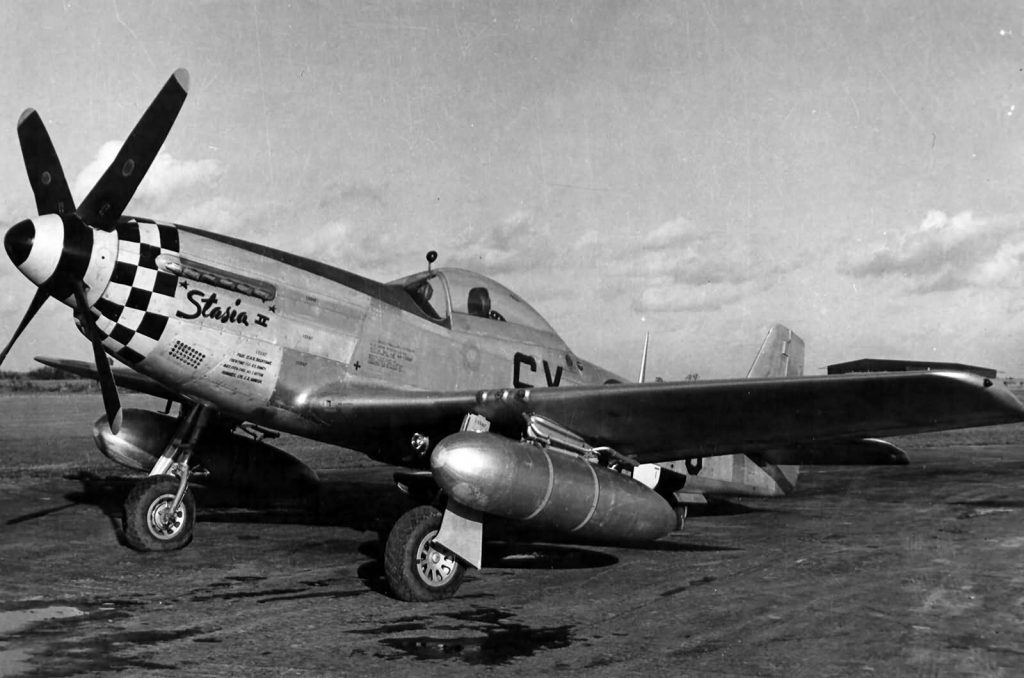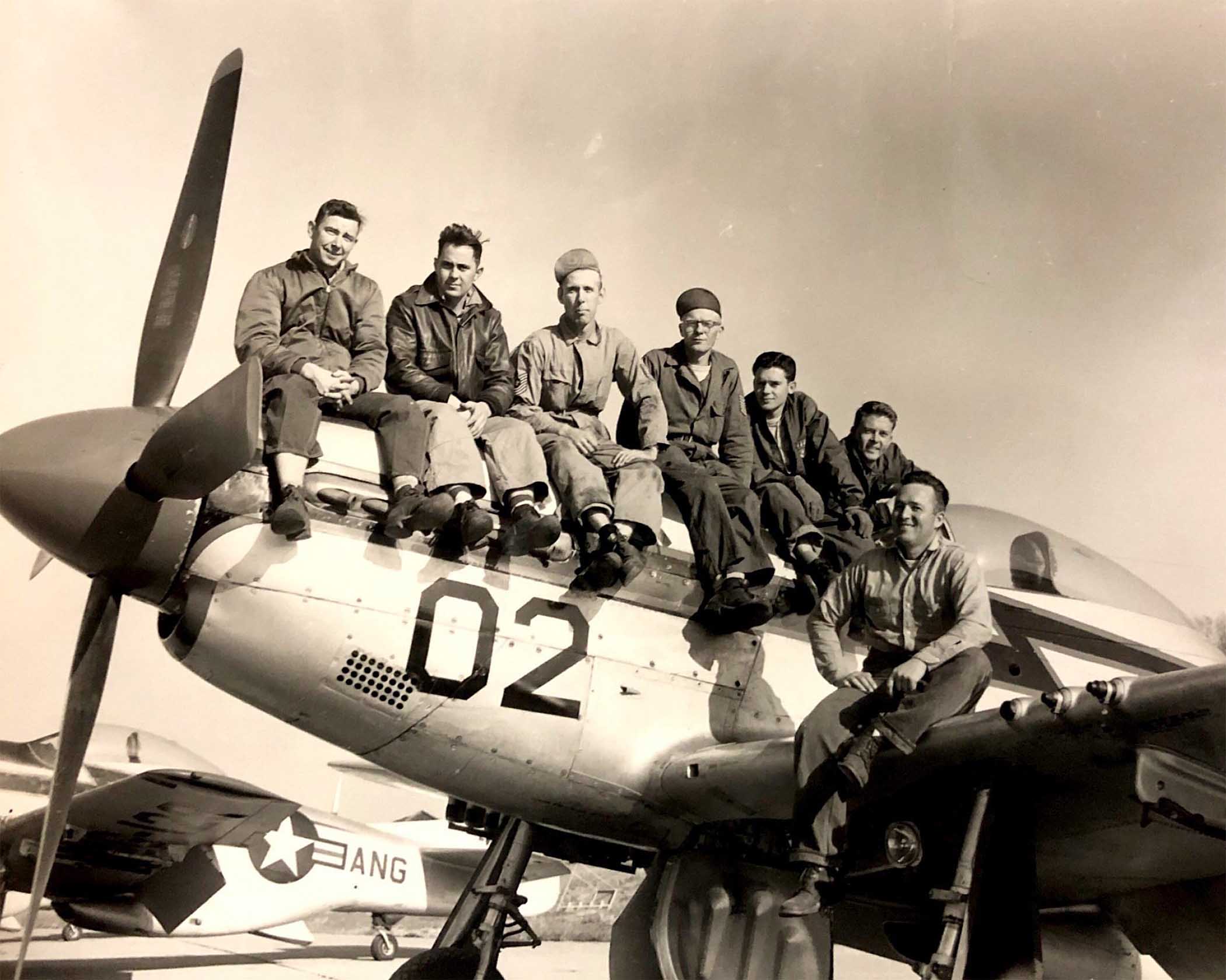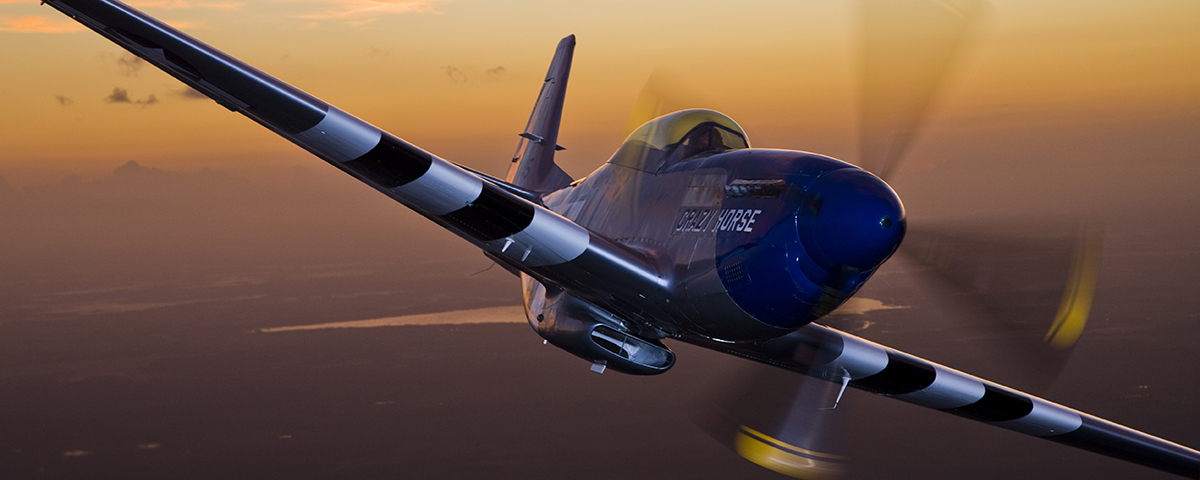When the P-51 Mustang was introduced to the Royal Air Force’s fleet, the exceptional speed, performance, and range were welcomed features.

The P-51 Mustang is considered one of the best fighters of World War II because of its combination of speed, range, maneuverability, and firepower that gave it great versatility. This was a weapon used in all major missions of war such as long-range escort, bombardment and image reconnaissance. When war broke out in 1939, the British government ordered a large number of North American fighters to supplement the Royal Air Force, after being unable to purchase the Curtiss P-40 Warhawk. Based on the Allison V-1710 engine of the P-40, North American engineers built the P-51 Mustang in just 117 days due to urgent British needs.


The Mustang made its maiden flight in October 1940 and entered service with the Royal Air Force in 1942. Although the single-seat, single-engine P-51 Mustang fighter aircraft was designed for the British Royal Air Force, it was later adopted by the U.S. Army Air Forces. A total of 15,000 fighters were produced. The P-51 was also used by Allied air forces in the North African, Mediterranean, Italian, and Pacific theaters. During World War II, Mustang pilots claimed to have destroyed 4,950 enemy aircraft.

The P-51 was a trim monoplane with a low-drag laminar-flow wing and powered by a naturally-aspirated, liquid-cooled in-line Allison engine fitted with a low-drag efficient cooling system that gave it excellent speed and range. At the time, other fighter planes powered by non-turbo-supercharged Allisons, including the P-39 and P-40, had demonstrated mediocre performance. They were severely deficient in speed, range, and altitude performance.
The P-51 Mustang boasted a maximum speed of about 630 km per hour and a combat range of nearly 1,200 km. The aircraft was equipped with external high-capacity drop tanks, nearly doubling its operational range to 2,200 km. If the Mustang had a weakness, it was the Allison’s lack of an efficient high-altitude supercharger, limiting the plane to low-altitude operations below 4,600 meters.
Armament varied throughout the life of the Mustang. Initial versions were fitted with 6 x 0.50 caliber heavy machine guns – two in the nose and four in the wings. A battery of 4 x 20mm cannons, which made it ideal in the ground attack role, or the lighter armament load of 4 x 12.7mm heavy machine guns for tactical reconnaissance were also alternatives. Eventually, the legendary D-models would introduce the potent array of 6 x 12.7mm heavy machine guns with a simplified feed mechanism to cut down on weapon jamming. Underwing bomb racks and rocket pylons increased potency of the platform as well. These could be deleted in favor of fuel drop tanks for improved range on those long bomber escort sorties.





